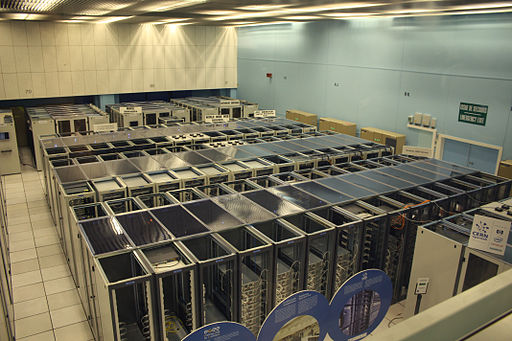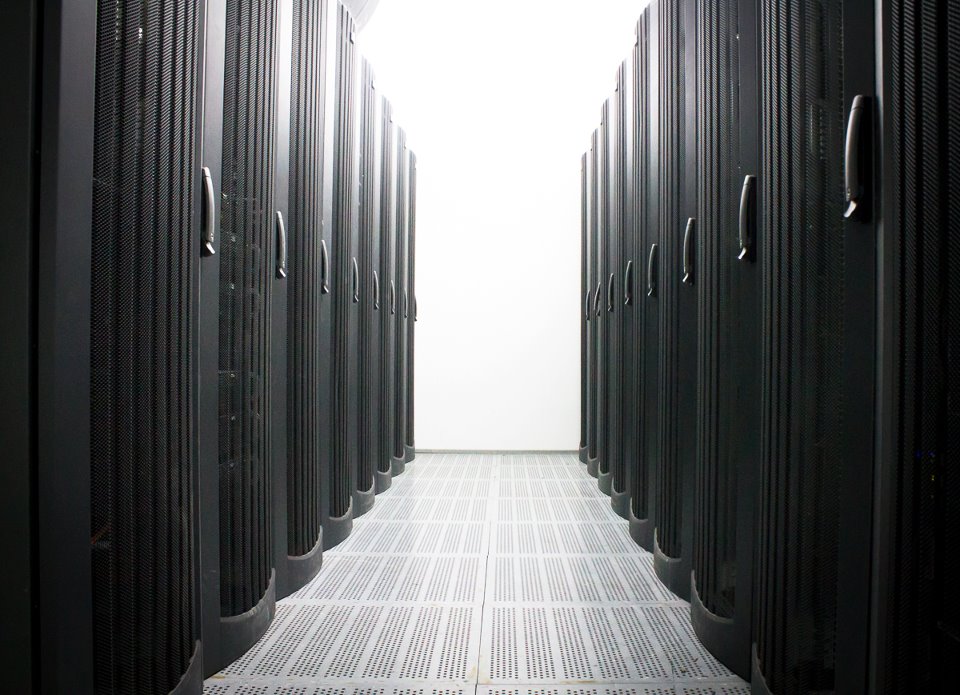Right at the heart of most modern businesses is the data centre. Here, vast quantities of information are processed and stored, making their role within companies incredibly important. But data centres, as anybody who has worked with them, will tell you, come with a host of downsides that makes operating them a challenge. The good news, however, is that there is a lot you can do to improve the efficiency and performance of your data centre so that it doesn’t crater your IT budget. Here’s what to do.
Consolidate And Virtualize
One of the biggest problems most data centres face is the fact that their servers aren’t consolidated. Many servers sit idle, not doing anything, wasting energy in the process. In fact, poor server utilisation is probably the number one way that energy is wasted in these facilities. There are a couple of simple solutions, however. The first is server consolidation. This involves being ruthless about the number of servers you actually require. If a server is surplus to requirement, sell it on to somebody else – right now it is just costing you money. The other solution is to use a technique called virtualization. Virtualizing servers can increase server centre from around 10 percent to over 50 per cent on servers with dynamic management systems.
Reduce Cooling Power Consumption
According to the latest data, only around half of all the power used by data centres actually get used to store and process data. The rest is consumed by power-hungry cooling systems. The key, therefore, is to invest in cooling systems that use low energy, but do the job really well. Cooling options, like ITE adiabatic data centre cooling, work by spraying heat outlet radiators with water, and then using the heat of these radiators to evaporate the water, transferring heat away from the data center itself. The efficiency and cooling gains can then be improved by finding the right UPS and power distribution equipment.
Adjust Server Load To Real Time Usage
“Dynamic” is a word that gets thrown around a lot when it comes to data centres. But at the moment, too few companies are actually putting dynamic usage systems into operation in their own data centres. Dynamic servers adjust their power draw according to the volume of data they need to process at any given time. The more data they need to process, the more power they will draw. For companies, this is actually a really good solution, because it means that they are only paying for energy that is doing something useful, rather than coursing through their server systems doing nothing.
Get Rid Of The Transfer Switch
In most data centres, an automatic transfer switch between the mains supply and the data centre generator is a standard practice. But, unfortunately for business, it wastes an enormous amount of energy. It turns out that a standard AC or DC distribution bus can be more efficient, and not come with any downsides. These configurations can be used even if your company sources its power from wind and solar.

